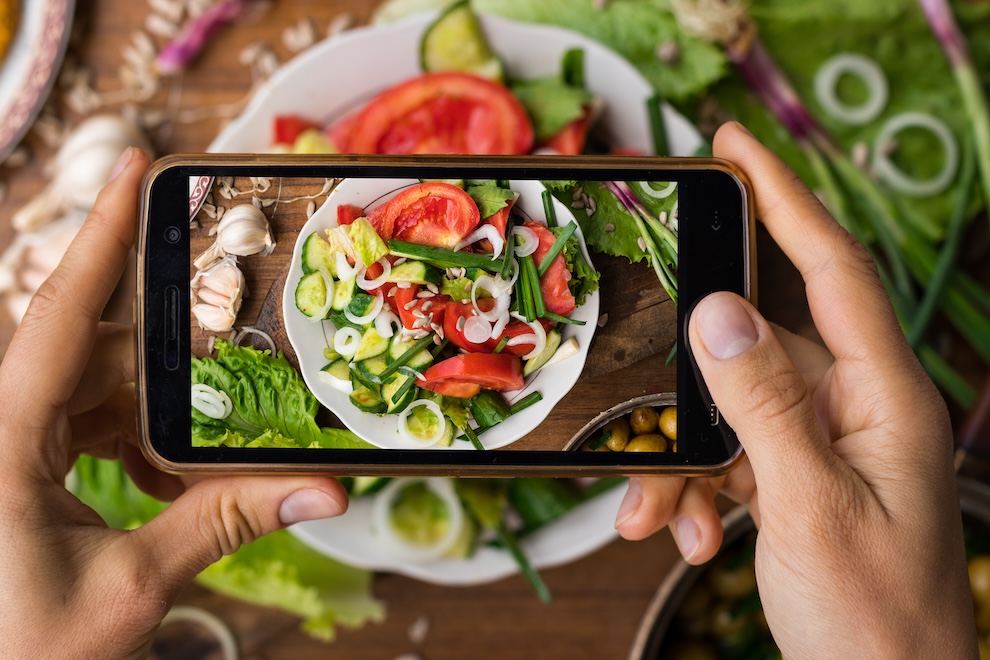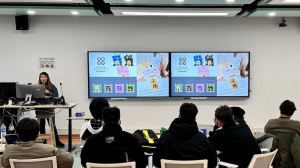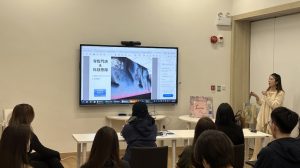A high degree of variety or dynamism in visual content is best avoided if social media posts feature multiple photographs and are being used for commercial marketing, suggests research involving IFTM scholars. More complicated images can divert viewer attention and diminish their impact, indicates the work
The realm of visually-driven social media marketing, a swiftly evolving field, has garnered significant attention in recent years. A new research initiative by IFTM scholars Dr Irene Chan Cheng Chu and Dr Vicky Chen Zhaoyu explores the strategic design and use of visual elements in social media marketing to evoke viewer interest, desire, and action.
The work was produced in collaboration with Dr Daniel Leung from the School of Hotel and Tourism Management at The Hong Kong Polytechnic University, and was published in the March issue of the prestigious Journal of Hospitality and Tourism Management. The research paper – titled “The more the better? Strategizing visual elements in social media marketing” and available here – was funded by IFTM.
The researchers considered – via 2 distinct studies – the impact of various visual strategies, encompassing image volume, variety, and dynamism, on viewers’ emotional and behavioural responses to social media posts.
The first study exposed 171 participants to Instagram posts that were subjected to manipulation in terms of volume and variety of images. Tweaks included changes in the number of photographs in a post, and also in the number of attributes linked to particular restaurants. Posts with high visual variety displayed 3 restaurant-specific attributes – food, service, and dining environment – whereas low visual variety posts featured only 1, namely food.
The second study, with 165 participants, utilised Instagram posts and manipulated volume and dynamism of images. Photographs using a ‘static’ approach depicted the food products served, while other photographs labelled ‘dynamic’ showed the same food products being consumed (e.g., a person holding a fork).
In each study, participants viewed randomly-assigned Instagram posts shown via smartphone. After each post, they were asked to report on their perception of its image volume, and the variety or dynamism of the images displayed. They were also asked about their interest in, desire for, and intention to visit the particular restaurant shown.
The research indicated a positive correlation between high volume of images and viewers’ intention to visit the restaurants shown. Greater variety and more dynamic images tended to weaken that link, according to the authors. Mixing the 2 strategies might not help, said the researchers.
“The simultaneous use of 2 visual strategies may not necessarily generate positive effects on consumers but instead create information overload,” cautioned the authors. “The use of visual variety or dynamism tends to complicate the information, diverting attentional resources away from, and diminishing the positive effects of, visual volume.”
The study might have practical implications for food-related businesses and influencers. These include the need for careful consideration in strategising visual content on social media. The authors recommend that, while increasing the number of photos in a single post due to the positive impact of visual volume, restaurant owners and marketers should meticulously consider the content and presentation of food products.
Drawing from their findings, the authors advise that photographic content should strike a balance, avoiding an overload of messages regarding particular aspects of a restaurant. When multiple photographs are used, a focus on static presentations may generate more interest, desire, and intention to visit the restaurant. Conversely, single-photograph posts may work best with consumers when showcasing services, environments, or ‘dynamic’ images depicting food consumption.









